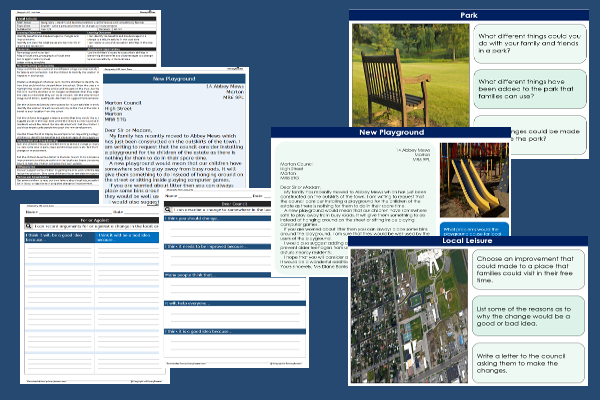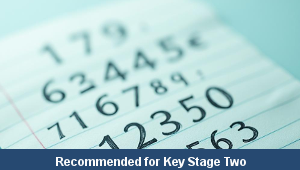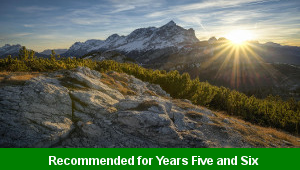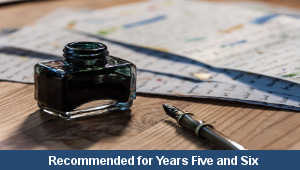Home > Key Stage Two > Geography > Local Area
Lesson Four – Local Leisure

This geography teaching pack for Key Stage Two gets the children to identify and describe some of the different locations in the local area that are used for leisure and recreation by families for sports and games.
The class can plan and write letters to the local council outlining some of the benefits of adding a leisure amenity to the school’s neighbourhood.
Download this teaching pack including a lesson plan, classroom activities and an interactive presentation to teach the children to identify and describe some of the different locations in the local area that are used for leisure and recreation by families for sports and games
Activities in this teaching pack include a shared reading text to identify and describe the benefits and disadvantages of an improvement in the local area, a template to select and record arguments for and against a change or improvement to a leisure activity in the local area and a worksheet to record the benefits and disadvantages to an improvement in the local area.
The interactive presentation gets the children to explore some of the different locations in the local are that are used for leisure and recreation by families.
This lesson is part of a geography scheme of work to get the children to identify, describe and compare some of the different political and physical features that can be found in the local area around the school neighbourhood. There are teaching activities for shared learning, differentiated worksheets to support independent learning and interactive presentations to introduce concepts and key skills.
-

Maths Arithmetic Assessment
Assess abilities in solving arithmetic number problems for addition, subtraction, multiplication and division when working with informal and formal written calculations
-

Environment
Identify and describe some of the special landscapes and locations that can be found in the world and reflect on how they can be protected and preserved for the future
-

Silent Letter Words
Explore and illustrate the meanings and spellings of some different words with silent letters when using them in a range of topics and scenarios
-

Complaint Letters
Explain and model how to format and structure writing when composing letters of complaint about different issues and scenarios
